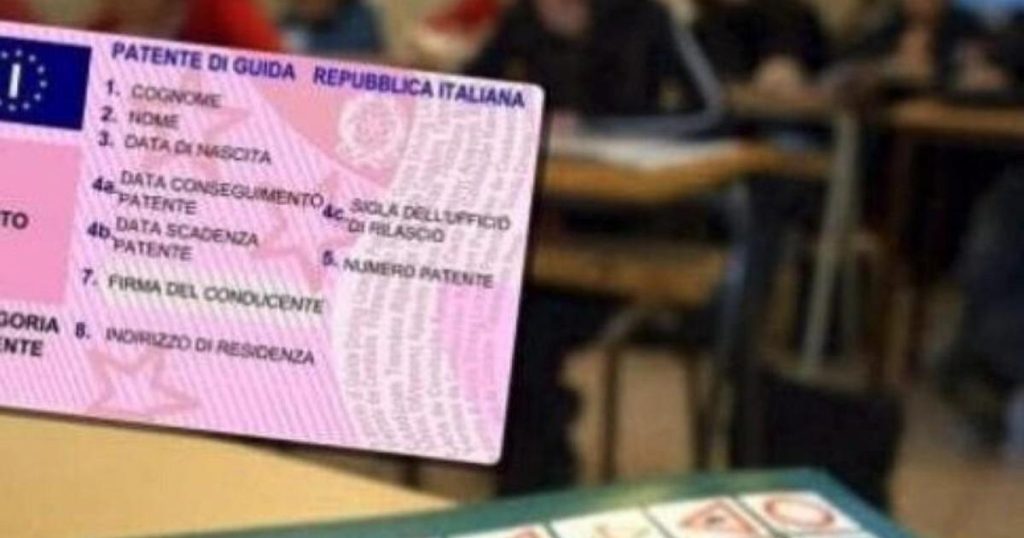In 2023, according to data from the Ministry of Infrastructure and Transport, 39.9% of Italians who took the theory test to obtain a B license did not pass the test, an increase from 29.8% in 2020. The regions with the highest failure rates were Lazio (44%), Tuscany (42.9%), and Trentino Alto-Adige (42.8%). Besides personal abilities, the success of the exam is influenced by test anxiety and the examiner’s attitude towards stress. A study conducted by AutoScout24 involved over 2,700 users participating in a quiz simulation based on 20 questions selected from the official test by the Ministry of Infrastructure and Transport. Participants needed to make no more than 2 errors to pass.
The results revealed that only 22.3% of Italians would pass the exam today. Across regions, pass rates ranged from 6.9% in Molise to 28% in Emilia-Romagna and 31.7% in Lazio. It highlights the importance of staying updated on traffic laws even after obtaining a license due to ongoing changes in the highway code. Despite the low pass rate, the national average of correct answers was 15 out of 20 questions. Common mistakes were made in questions related to signals and road signs, intersections (with a 52% error rate), stops at public transport stops and roundabouts diverting traffic (49%), and parking maneuvers (33%). Factors such as city size, road difficulty, and traffic were also identified as impacting exam outcomes by 76% of driving schools.
The study raises questions about the difficulty of the driving test and whether there has been a decrease in preparation among Italian drivers. While the failure rate has increased over the years, it may be attributed to various factors affecting test performance, such as anxiety and external pressures. Additionally, the study conducted by AutoScout24 and Egaf editions, along with major Italian driving school associations, demonstrated that a significant portion of Italians would not pass the current driving test if they were to take it today. It highlights the need for ongoing education and preparation for drivers to navigate changing traffic regulations and road conditions effectively.
Overall, the findings suggest that there is room for improvement in driver education and training programs to ensure that Italians are adequately prepared for the driving test. Updating driving schools’ curriculum to include more realistic and practical scenarios, providing resources for further study, and offering support for anxious test-takers could help increase pass rates and road safety. It is essential for drivers to continue learning and staying informed about traffic laws to navigate complex road situations effectively. By addressing the factors contributing to test failures and providing the necessary tools and support, the overall success rate in passing the driving test could potentially improve in the future.
In conclusion, the study highlights the challenges faced by Italian drivers in passing the driving test, with an increasing failure rate over the years. Several factors, including anxiety, road conditions, and changes in traffic regulations, influence test performance. It underscores the importance of ongoing education and preparation for drivers to navigate the complexities of the driving test successfully. By addressing these challenges through improved education programs and support for test-takers, the pass rate and overall road safety could be enhanced, ensuring that Italian drivers are adequately prepared to drive safely on the roads.


